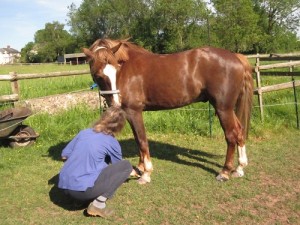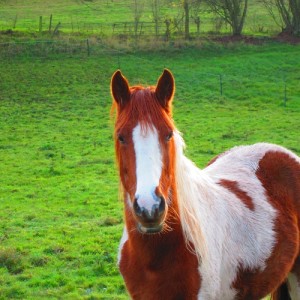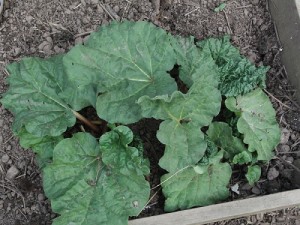Super Quick Horse Grooming Techniques
There are many reasons why grooming your horse on a regular basis is essential. As well as giving you the chance to check him for injury, you’ll be stimulating his blood flow and his endorphins as you bond with him. In essence – if you want a happy and healthy horse then you need to groom him every day. Ensure when you are looking for a horse to buy or horses to loan you ensure he has been well looked after.
Many people now find themselves with less time than ever on their hands and if you’re one of them and the thought of an hour long grooming session on a daily basis fills you with dread then you might want to consider some of the following, which are super-fast and efficient ways of giving your horse the exact same benefits but leaving you more time to exercise and ride him.
1. Ask your vet about adding vegetable oil or an essential Omega-3 fatty acid supplement to his diet for added shine and texture to his coat.
2. Sponging his face clean after his exercise will help prevent any hair loss and a different sponge for every part of his body will prevent any cross contamination.
3. Use a tail bag to keep his tail thick, long and protected. Washing, conditioning, detangling and rebraiding him once a week will also keep his tail looking glossy.
4. Clip his bridlepath and whiskers once a week. If done regularly, this should only take a few minutes but could make a huge difference.
5. A de-tangler or a wide toothed comb (or even your fingers if you forget to buy a comb) is a great way of remove any large snarls from his mane and tail.
6. The sunlight can cause fading or bleaching if you’re not careful so shade and a sheet could stop his coat greying or fading. A further good idea is to rinse him after work to remove any sweat and make the sun’s rays less likely to take effect.
7. Regular use of coat polish after bathing will prevent dust and/or dirt from clinging to his coat.
8. Regular disinfection of brushes and combs will help prevent against skin infections or diseases and will get better results than dirty or dusty brushes. Furthermore, you’ll get much better results if you rinse in between brushes. Tucking a towel into the top of your jodhpurs and wiping your brush on there every five (or so) strokes can get rid of any build up on the brush.
9. Brushing from the front to the back, and the top to the bottom is the most efficient and comfortable way for your horse.
10. Why not multi-task and have a brush in each hand – just try not to go too fast or you risk spooking your horse.
11. Grooming wipes are a great way to a fast and effective finish and your horse will love them too!
12. Check for any infections or imperfections in his skin as you groom as this will save having to perform a lengthy and time consuming exam later on.
Linda Carter enjoys blogging on horses, family farm life, horse trailers and animals.





Recent Comments